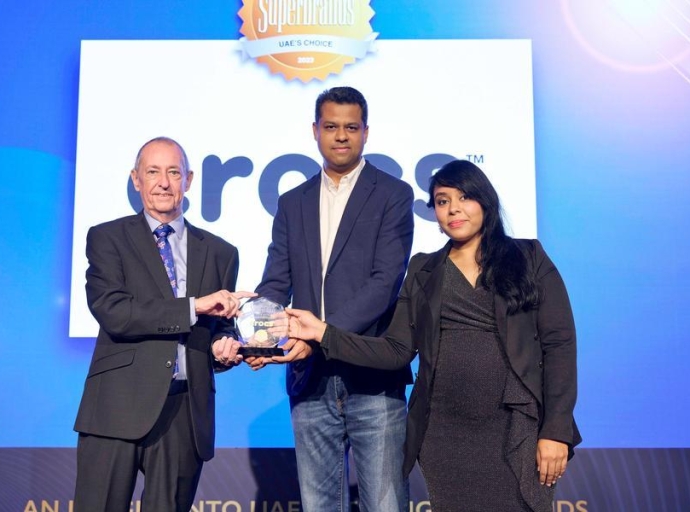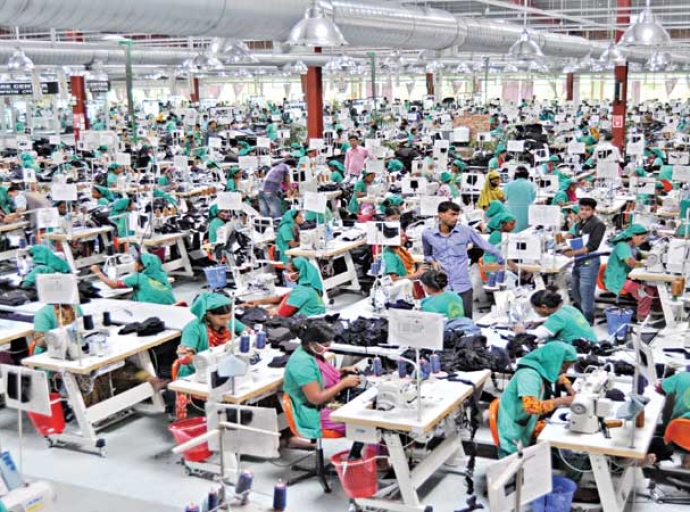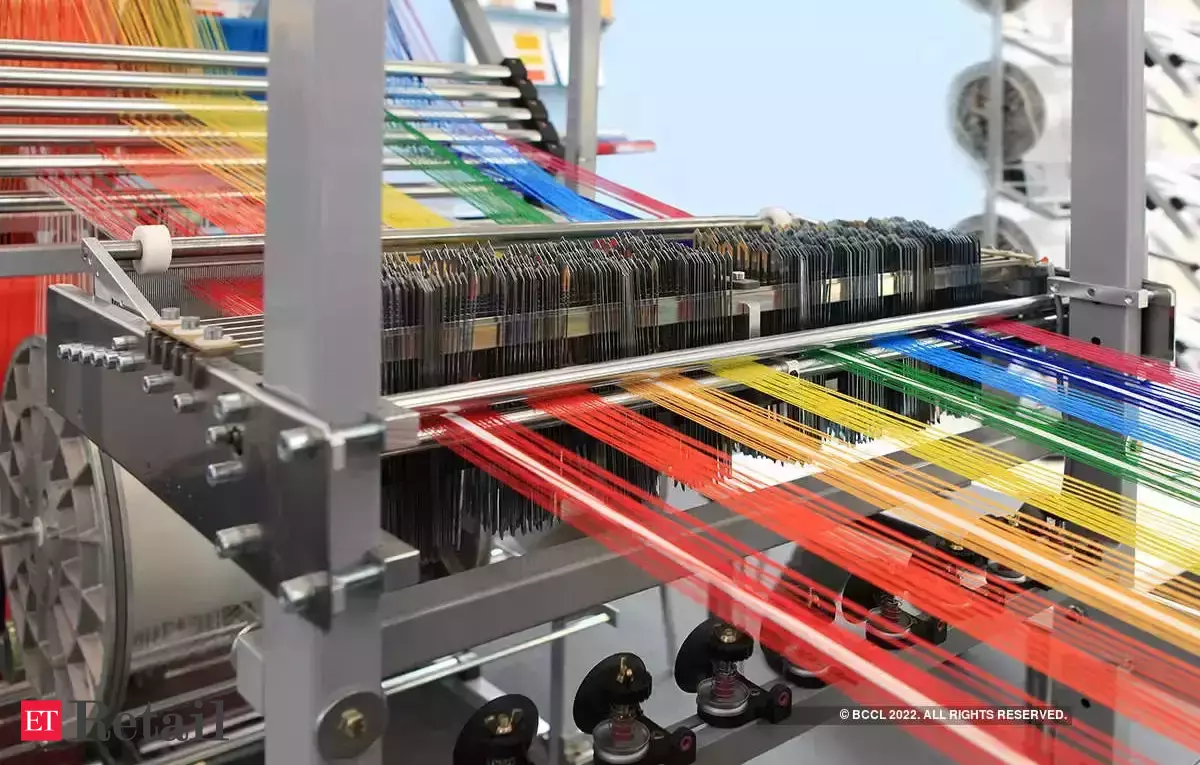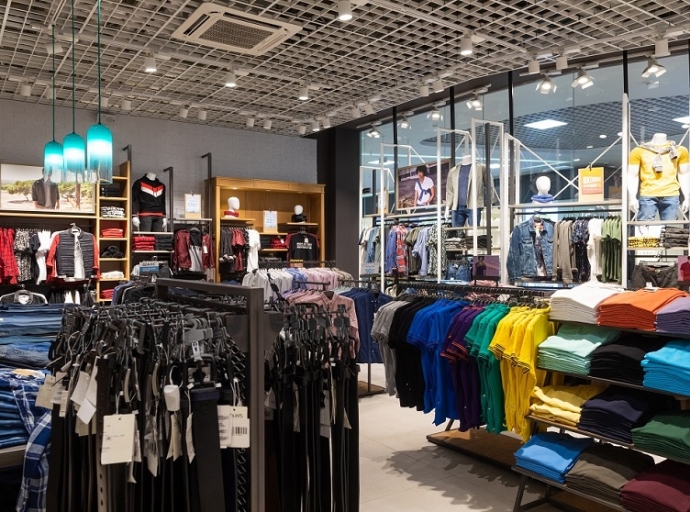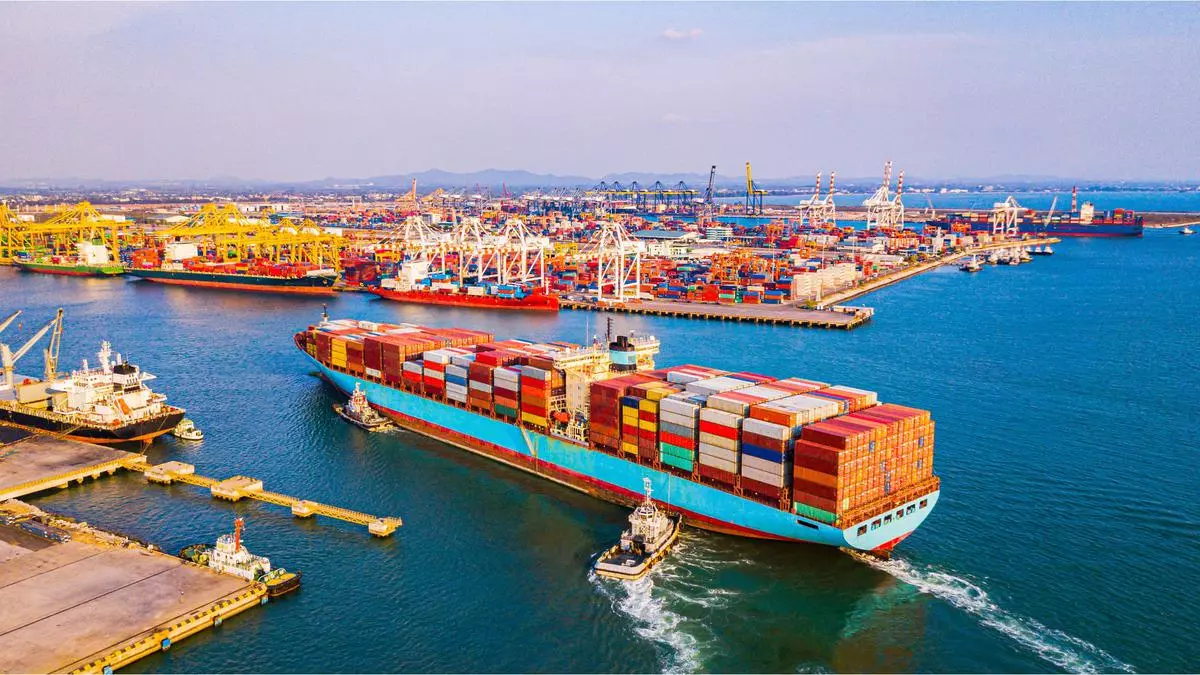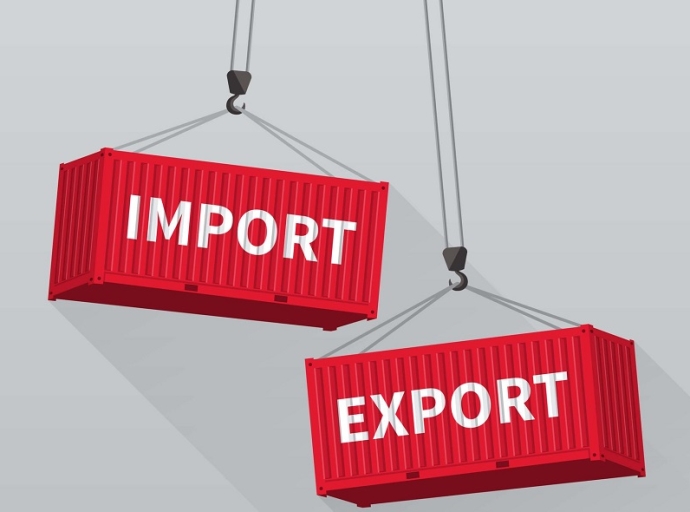04 October 2023, Mumbai
Ambition to Action
The Global Fashion Summit: Boston Edition, held on September 27, 2023, convened hundreds of representatives from brands, retailers, NGOs, policy, manufacturers, and innovators to transform ambition into action.
The Summit explored the 2023 editorial theme, ‘Ambition to Action’, while reflecting on and responding to what happened at Global Fashion Summit: Copenhagen Edition in June.
Speakers and Topics
Attendees heard from over 40 speakers from a range of companies and organisations, including Levi Strauss & Co., Tapestry, Neiman Marcus Group, Thunder Voice Hat, H&M Group, Alice and Olivia, BBC StoryWorks, New Standard Institute, Conservation International, Worldly, Trove, Ceres, Aditya Birla Fashion and Retail Ltd, and many more. The Summit also featured esteemed Indigenous speakers on the programme.
The programme featured bold panels, case studies, and leadership roundtables reflecting on topics including ‘Indigenous Leadership Perspectives’, ‘Exploring Fashion’s ESG Concept’, ‘On The Ground: Adaptation or Mitigation?’, ‘The Global Approach to Circularity’, and ‘Innovation for Value Chain Challenges’.
Highlights
Fashion CEO Agenda 2023
GFA published Fashion CEO Agenda 2023, a concise report to support the establishment and implementation of leadership strategies to achieve a net positive fashion sector. In a first for the Fashion CEO Agenda, this edition has been developed to include subsequent action areas for brands, retailers, and producers.
Latest Textile Events
GFA Designer Challenge 2023
GFA unveiled the latest response to the GFA Designer Challenge 2023, presented by Smiley. Julius Juul, Creative Director & Co-Founder, Heliot Emil, created an alliance with Upcycle Labs.
The outcomes were showcased at the Summit through the release of a captivating new video depicting the journey of the designer.
GFA Policy Matrix: Americas
GFA launched the GFA Policy Matrix: Americas - a non-exhaustive document that encapsulates a wide array of policy efforts across the Americas.
The Matrix complements the GFA Policy Matrix: EU edition released in June and summarises the key legislations going on implicating the textiles industry.
Fashion Redressed
Taking a glimpse into the dynamic world of fashion and textiles, the Summit presented a new online series titled ‘Fashion Redressed’ that was launched on 19 September with a collection of unique stories.
This series expresses the creativity of the fashion world, spotlighting those who are working to find the stylish side of a more sustainable sector.
Circular Models
Trove and Worldly delved into their newly launched study, ‘Where Are Circular Models Effective Sustainability Strategies for Fashion Brands?’, which reveals where and how circular models play an important role for brands working to reduce their emissions when combined with upstream supply chain interventions.
Next Gen Assembly
The eight members of the first iteration of GFA’s Next Gen Assembly presented their manifesto via a powerful video message to attendees – outlining their aims and ambitions for the groups’ continued work to impact the fashion industry by supporting a sustainable trajectory.
Higher Ground?
The recently launched ‘Higher Ground?’ report, by ILR Global Labour Institute and Schroders, was discussed during the session ‘On The Ground: Adaption or Mitigation?’ The report covers the impacts of climate change on global apparel production.
Alliance for Chemical Textile Recycling (ACTR)
During the Global Circular Fashion Forum session, the Alliance for Chemical Textile Recycling (ACTR) was launched, representing a group of textile chemical recyclers for cotton, polyester, and blends.
The alliance seeks to contribute to solutions for addressing the textile industry’s impact on society, the environment, and businesses.
Innovation Forum
Global Fashion Summit: Boston Edition also presented an Innovation Forum, enabling attendees to meet with 14 sustainable solution providers from across the value chain– equipping them with the concrete tools to expedite meaningful actions.
GFS Connect facilitated over 90 connections between fashion companies and exhibitors during the Summit.
The Global Fashion Summit: Boston Edition was a successful event that brought together key players in the fashion industry to discuss and address the most pressing sustainability challenges.
The Summit provided a platform for collaboration, innovation, and action, and it is clear that the industry is committed to transforming ambition into action.
The future is bright:
- Ambition to Action: The Summit explored how to turn sustainability goals into reality.
- Collaboration is key: The Summit brought together key players from across the industry to work together.
- Innovation is essential: The Summit showcased new technologies and solutions to address sustainability challenges.
- Action is needed now: The Summit participants are committed to taking immediate action to achieve a net positive fashion sector
Latest Textile Events


